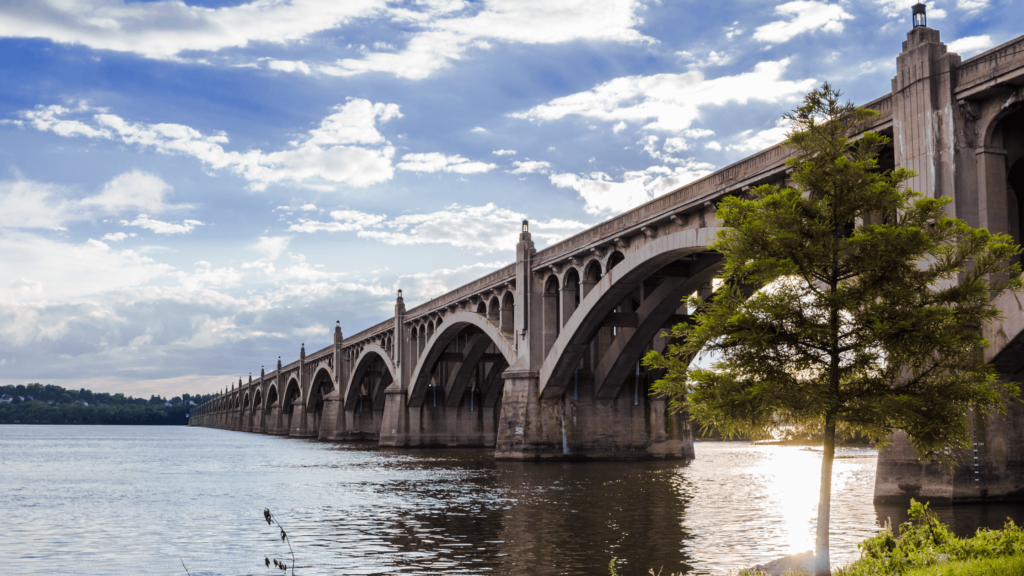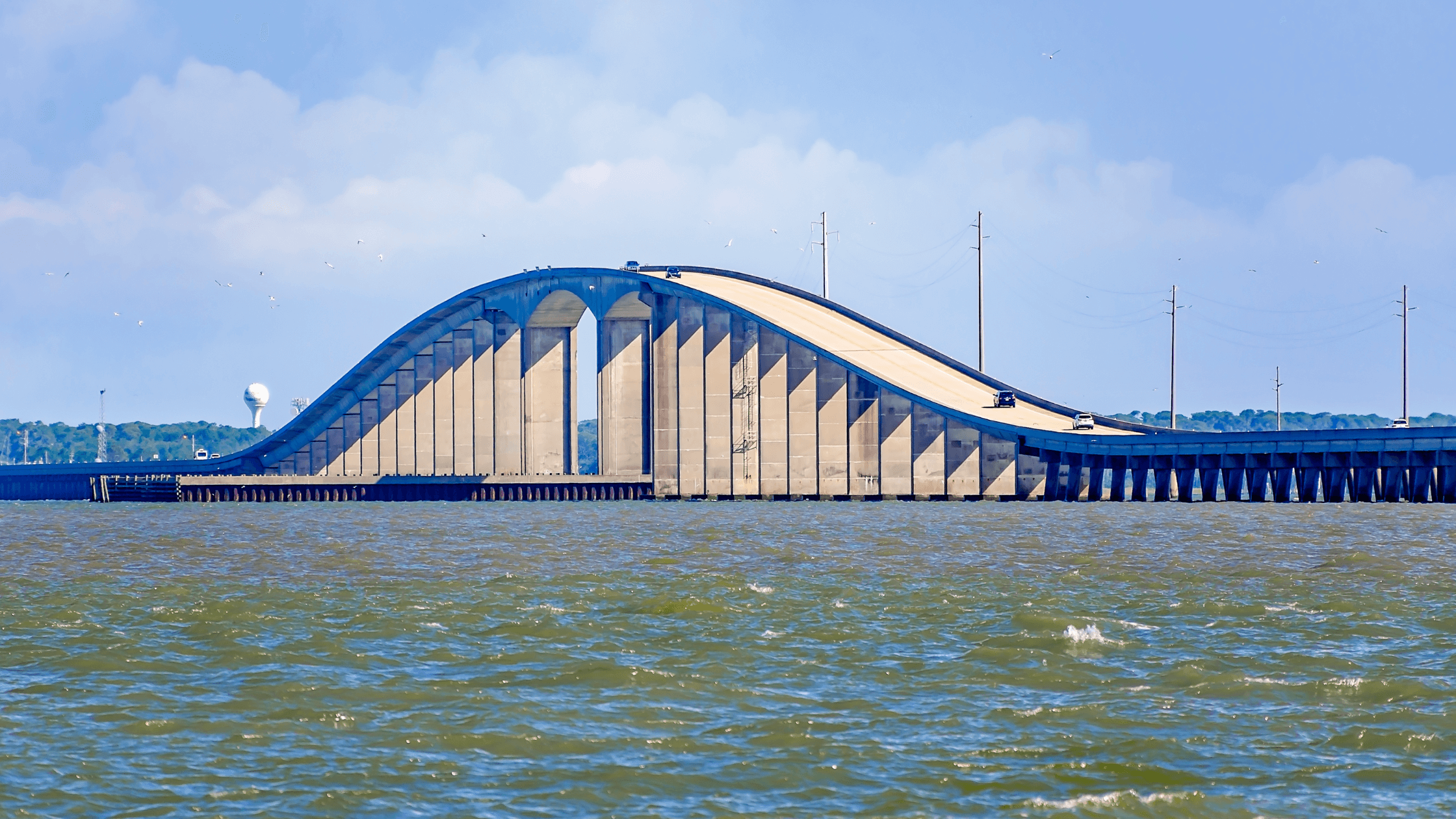The state of U.S. infrastructure needs critical attention, particularly concerning the country’s bridges. According to data from the U.S. Department of Transportation’s National Bridge Inventory (NBI), more than a third of the nation’s bridges need repair or replacement. A survey conducted by the American Road & Transportation Builders Association (ARTBA) revealed that approximately 220,000 of the country’s 617,000 bridges are either structurally deficient, need significant maintenance, or require complete replacement.
Bridges are critical for daily commuting and transporting goods, and their current state poses a significant risk to public safety and the economy. The ARTBA report also highlighted that over 70,000 bridges have weight restrictions, which limit the flow of goods, increase transportation costs, and strain local economies. Additionally, outdated bridges are more vulnerable to extreme weather and environmental stresses.
Despite the urgent need for repairs, progress has been slow. While state and local governments have made strides in addressing infrastructure issues, funding and manpower shortages hinder a timely resolution. The passage of the Infrastructure Investment and Jobs Act (IIJA) in 2021 allocated billions to bridge repair, but the gap between current needs and available resources remains vast.

With so many bridges needing attention, the U.S. faces a massive challenge in upgrading its aging infrastructure. Addressing this issue will require consistent funding, innovative solutions, and a commitment to prioritizing safety and efficiency.
According to recent data from the U.S. Department of Transportation (DOT), more than a third of the bridges in the U.S. are in serious need of repair or replacement. This startling fact, revealed by the American Road & Transportation Builders Association (ARTBA), highlights how critical it is to tackle our aging infrastructure and prevent safety hazards.
The ARTBA’s report, which used data from the U.S. DOT’s National Bridge Inventory (NBI), found that over 220,000 bridges—about 36% of the total across the country—are either in poor condition, structurally deficient, or desperately needed significant repairs. Among the most concerning figures, 43,000 bridges are classified as structurally deficient. These aren’t just backroads—these bridges are crossed 167 million times daily.
Bridges are vital for everything from daily commutes to moving goods across the country, but many are no longer up to the task. The report pointed out that over 70,000 bridges are under weight restrictions, creating logistical nightmares for the trucking and transportation industries.
Fixing these bridges will make travel safer and boost the economy by easing freight restrictions and cutting business costs. With so much at stake, industry leaders are pushing for continued investment in infrastructure to keep America’s roads and bridges safe, functional, and up to modern standards.
“Over the last five years, we have seen significant progress in states like Oklahoma, Pennsylvania, Mississippi, Louisiana, and West Virginia – reducing the number of bridges in poor condition,” said ARTBA Chief Economist Alison Premo Black in a release. “While improvements can take time, every bridge repair increases the safety and efficiency of our network for the traveling public.”



1 comment